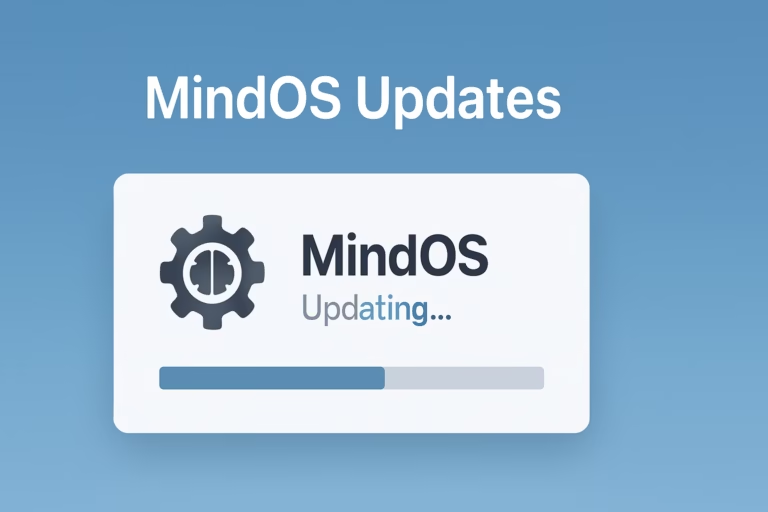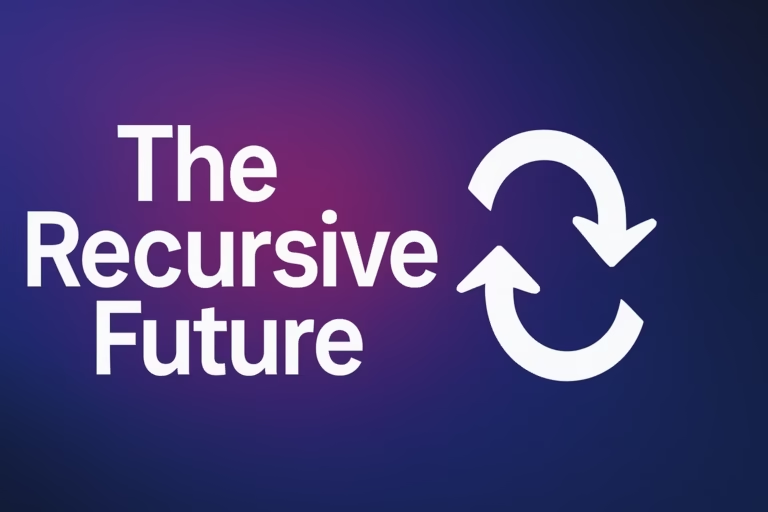Reality is a Dashboard: Can You Hack the Interface of Your Life?
Introduction: The Illusion of the Static World We’re taught to view life as a fixed terrain—a sequence of events unfolding in linear…
Introduction: The Illusion of the Static World
We’re taught to view life as a fixed terrain—a sequence of events unfolding in linear time. Go to school, get a job, follow the rules, retire. It’s like navigating a rigid, pre-mapped system.
But what if that map was a lie?
What if reality functions more like a customizable dashboard—responsive to intention, layered with inputs, and coded by your internal settings?
Instead of being a passive passenger on life’s highway, you might be the unseen operator of a vast interactive system—one that’s constantly adjusting based on your beliefs, attention, and subconscious scripts.
If reality is a dashboard, then your life is more than just lived—it’s designed.
Introduction: The Illusion of the Static World
We’re taught to view life as a fixed terrain—a sequence of events unfolding in linear time. Go to school, get a job, follow the rules, retire. It’s like navigating a rigid, pre-mapped system.
But what if that map was a lie?
What if reality functions more like a customizable dashboard—responsive to intention, layered with inputs, and coded by your internal settings?
Instead of being a passive passenger on life’s highway, you might be the unseen operator of a vast interactive system—one that’s constantly adjusting based on your beliefs, attention, and subconscious scripts.
If reality is a dashboard, then your life is more than just lived—it’s designed.
1. The Code Beneath Perception
Everything you experience flows through a mental operating system. Your beliefs act like logic gates: they allow certain data through and filter out the rest. Your identity is like a user permission system—it governs what you feel allowed to experience.
Beliefs = Logic Gates
Let’s say you believe money is hard to earn. That belief filters how you perceive opportunities. You’ll ignore ease, miss synchronicities, or even sabotage windfalls—because they don’t “compute.” That’s your internal code silently running in the background.
Even tiny beliefs—like “I’m awkward in groups” or “I don’t look good on camera”—shape the interface.
Identity = Root Access
Identity is your master login. If you see yourself as “a helper but never the star,” your life will adjust to support that schema. Opportunities to lead will glitch out. Your subconscious will buffer until the environment matches your internal self-image.
Upgrade Tactic:
Each morning, write down one identity shift you’re choosing. Say it aloud like a command:
“Today, I operate as someone who belongs in the room.”
“Today, I log in as the main character of my timeline.”
2. Attention as the Cursor
In a digital interface, the cursor selects, activates, and initiates action. Your attention does the same in life. It’s not a metaphor—it’s an interface law.
Where your attention goes, energy flows, code executes, and reality compiles.
Ever notice how thinking about a red car makes you suddenly see red cars everywhere? Your cursor is selecting that file. The simulation listens.
Try This Daily:
- Attention Log: List 3 things you gave attention to that didn’t serve you—and 3 that did.
- Scroll Audit: Unfollow accounts that glitch your mindset. Follow ones that match your next version.
- Cursor Ritual: Light a candle. Say, “Cursor set to expansion.” Observe what renders.
Attention is not passive. It’s code.
3. Glitches, Bugs, and Shadow Files
We all carry legacy code—unresolved trauma, ancestral patterns, and belief systems that haven’t been updated since childhood. These create internal bugs.
Common Glitches:
- 404 Self-Worth Not Found: You deflect praise. You price yourself low.
- Endless Reboot Cycles: New routines, same results.
- System Freeze: Indecision, apathy, over-scrolling.
Debugging Tools:
- Script Detection: Identify the thought that precedes sabotage. Replace it.
- System Restore Point: Recall a time you felt powerful. Reboot from there.
- Error Recode: When an old loop surfaces, say “Patch recognized. Installing upgrade.”
You’re not broken. You’re just due for a software update.
4. Interface Design: Aesthetic = Power
What you see, hear, feel, and interact with becomes the sensory code of your consciousness. Intentioned design = upgraded reality.
Curate Your Interface Like a Developer:
- Visuals: Choose imagery that evokes where you’re going.
- Soundscape: Play music that anchors you into focus.
- Scent + Texture: Use scent (oils, candles) and textures (clothing, objects) as emotional cues.
Even your outfit can be code. Dress like your future self. Design your life like it matters—because it does.
5. User Feedback = Reality Sync
Your life talks back. That weird text? The burst of energy? The resistance? That’s all data.
Feedback = System Logs:
- Delays: Misalignment.
- Accidents: Loop interrupt.
- Synchronicity: You’re syncing.
- Emotional Spikes: A bug’s being triggered.
Command Prompt Ritual:
- Issue a directive: “Sync me to version 2.0.”
- Log what happens next.
- Treat reality like a dashboard. Adjust inputs accordingly.
Conclusion: Upgrade the Operator
You don’t need to change your interface—you need to change your user profile.
Don’t just upgrade the scenery. Upgrade the script. Upgrade the cursor. Upgrade the identity.
Reality isn’t fixed—it’s programmable.
And you? You’re the operator.
📡 Want more system updates?
Subscribe to CTRL+ALT+CAST for audio walkthroughs, interface prompts, and reality hacks from the outer edges of thought:
👉 [coming soon]






